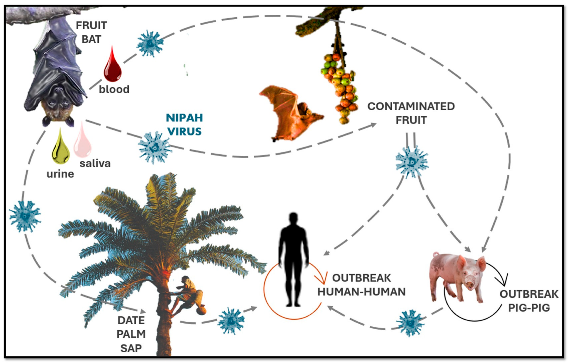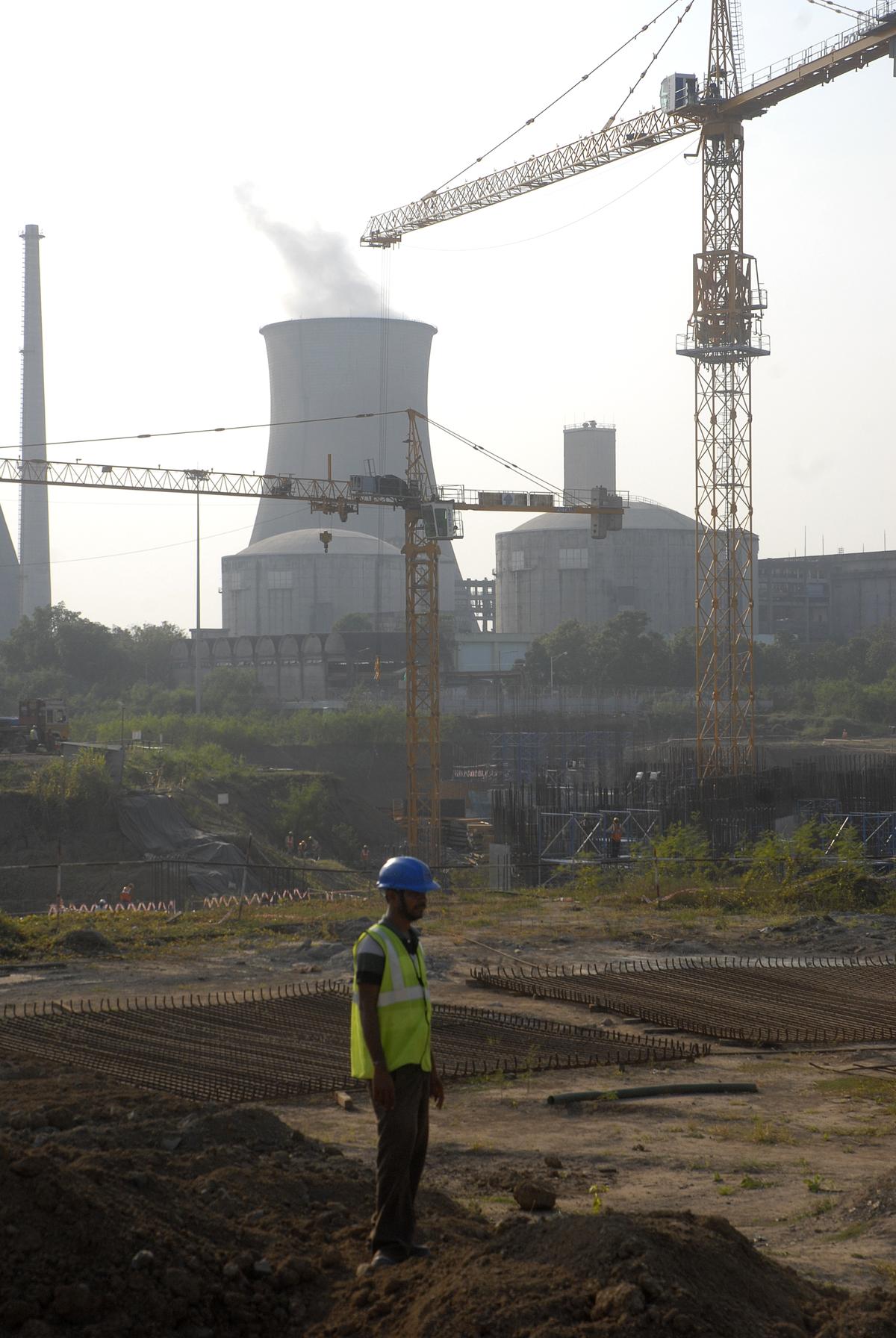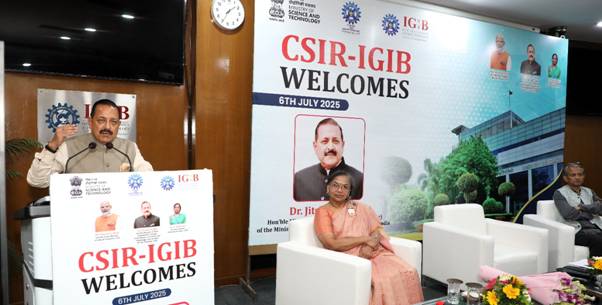Nipah Virus

- 08 Jul 2025
In News:
The Kerala government has initiated a serological surveillance programme in response to the recurrent outbreaks of the Nipah virus (NiV) in the northern districts of the state. Notably, this marks the eighth outbreak in as many years within Kerala’s high-risk zones.
About Nipah Virus (NiV):
What is Nipah Virus?
- Zoonotic Nature: The Nipah virus is a highly infectious zoonotic pathogen, transmitted primarily from animals (especially bats) to humans.
- It can cause illnesses ranging from mild flu-like symptoms to fatal brain inflammation (encephalitis).
- Case Fatality Rate: Ranges between 40% and 75%, depending on healthcare accessibility and regional factors.
History of Outbreaks:
|
Country |
Outbreak Details |
|
Malaysia |
First outbreak recorded in 1999 among pig farmers. |
|
Bangladesh |
Repeated annual outbreaks since 2001. |
|
India |
Significant outbreaks in West Bengal (Siliguri) and Kerala (8 episodes since 2018). |
Reservoir and Transmission:
Natural Host:
- Fruit bats of the Pteropodidae family (genus Pteropus) are the natural reservoirs.
- The virus is shed through bat saliva, urine, and feces, often contaminating fruits or surfaces.
Modes of Transmission:
- Animal to Human:
- Direct contact with infected animals (especially pigs or bats).
- Consumption of contaminated items like raw date palm sap or fruit.
- Human to Human:
- Close contact with infected persons, especially bodily fluids.
- High risk in hospital settings among caregivers and healthcare workers.
Symptoms and Disease Progression:
- Initial Symptoms: Fever, headache, sore throat, muscle pain, and vomiting.
- Advanced Cases: Severe respiratory issues, seizures, encephalitis, and altered mental status.
- Incubation Period: Typically 4–14 days, may extend up to 45 days.
- Post-recovery Complications: Around 20% of survivors may suffer long-term neurological effects such as personality changes or seizures.
Diagnostic Tools:
- RT-PCR: Detects viral RNA in blood, urine, throat swabs, or cerebrospinal fluid.
- ELISA: Identifies presence of NiV-specific antibodies.
- Advanced Virology Labs: Use virus isolation and genome sequencing methods.
Kerala’s Serological Surveillance Initiative:
- The state has launched a targeted serological survey using pseudovirus neutralization assays.
- The survey focuses on human and domestic animal populations living near previously identified Nipah hotspots.
- Objectives:
- Track antibody prevalence in high-risk populations.
- Understand spillover mechanisms from animal to human.
- Identify potential animal reservoirs and transmission routes.
- Enhance early warning capabilities to prevent future outbreaks.
Pethia dibrugarhensis
- 08 Jul 2025
In News:
A team of Indian researchers has identified a new species of freshwater fish in the Brahmaputra River near Maijan, Dibrugarh (Assam). The species has been named Pethia dibrugarhensis, in reference to its place of discovery.
Discovery Details:
- The discovery was made during a freshwater biodiversity survey conducted by:
- ICAR–Central Inland Fisheries Research Institute (CIFRI) – Barrackpore & Guwahati centres
- Manipur University
- The findings were published in the international journal National Academy Science Letters (Springer Nature).
About the Species:
- Family: Cyprinidae (the carp family)
- Genus: Pethia
- Common Group: Barbs (small indigenous freshwater fish)
- Habitat: Found in moderately fast-flowing stretches of the Brahmaputra, with a mud-sand-stone substrate. It shares its habitat with other small indigenous fish species native to northeastern India.
Distinctive Characteristics:
- Incomplete lateral line
- A prominent black blotch on both dorsal and ventral sides of the caudal peduncle
- Absence of humeral marks and barbels
- These unique morphological traits set it apart from other known species in the genus Pethia.
Significance:
- The discovery highlights the rich and underexplored aquatic biodiversity of the Brahmaputra river system.
- It underscores the importance of systematic ichthyofaunal surveys for biodiversity conservation, especially in ecologically sensitive regions like the Northeast.
- According to the researchers, documenting such species is critical before they are impacted by environmental degradation and habitat loss.
AIR LORA
- 08 Jul 2025
In News:
The Indian Air Force (IAF) is reportedly exploring the procurement of AIR LORA, an advanced air-launched ballistic missile system, aimed at strengthening its long-range precision strike capability.
About AIR LORA Missile System:
- Origin: Developed by Israel Aerospace Industries (IAI), AIR LORA (Long-Range Artillery) is a next-generation air-to-surface ballistic missile designed for high-impact strike missions.
- Role: Optimized to target high-value and fortified enemy assets, such as:
- Military command centers
- Airbases
- Critical infrastructure
- Naval vessels, especially in coastal and contested maritime zones
Key Features and Specifications:
|
Parameter |
Details |
|
Length |
5.2 meters |
|
Diameter |
0.624 meters |
|
Launch Weight |
~1,600 kg |
|
Payload Capacity |
Up to 600 kg |
|
Warhead Types |
High Explosive (HE) or submunitions |
|
Maximum Range |
~400 km |
|
Speed |
Supersonic |
Technological Capabilities:
- Autonomous Fire-and-Forget System:
- Post-launch, the missile requires no further guidance from the aircraft.
- Supports mid-course re-targeting, allowing dynamic adaptation to battlefield changes.
- Navigation and Guidance:
- Employs advanced INS/GNSS (Inertial Navigation System/Global Navigation Satellite System).
- Features robust anti-jamming systems, ensuring operability in highly contested electronic warfare environments.
- Operational Versatility:
- All-weather, 24/7 deployable
- Can be integrated as a standalone weapon or via an aircraft’s avionics.
- Terminal trajectory shaping and 90° steep-attack profile enhance target precision and survivability against air defences.
- Combat Proven: Boasts high mission success rates due to its supersonic speed, GNSS immunity, and precision terminal guidance system.
Strategic Relevance for India:
- Enhances the IAF’s standoff strike capabilities, allowing engagements beyond the reach of enemy air defences.
- Provides the ability to strike deep targets with minimal risk to pilots or aircraft.
- Strengthens India's deterrence posture, especially in regions with highly fortified enemy positions or naval assets.
Atomic Energy Regulatory Board (AERB)

- 08 Jul 2025
In News:
India’s nuclear regulator, the Atomic Energy Regulatory Board (AERB), has granted the Licence for Operation of Units 3 and 4 of the Kakrapar Atomic Power Station (KAPS) in Gujarat — India’s first indigenously developed 700 MWe Pressurised Heavy Water Reactors (PHWRs).
Key Highlights:
- Operational Approval: The AERB concluded multi-stage design and commissioning safety reviews before granting the licence for both reactors.
- KAPS-3: Achieved full-power commissioning in August 2023.
- KAPS-4: Achieved full-power commissioning in August 2024.
- Licence Details:
- Issued on July 3, 2025.
- Valid for a period of five years.
- Granted to the Nuclear Power Corporation of India Limited (NPCIL).
Significance of the Development:
- These reactors are part of India’s first fleet of 700 MWe PHWRs, marking a major milestone in the country’s indigenous nuclear energy capabilities.
- The licensing process involved rigorous multi-tiered safety assessments spanning the full lifecycle:
- Siting
- Construction
- Commissioning
- Full-power operation
- Review was conducted with contributions from AERB and technical support organisations, involving over 15 years of evaluation.
India’s PHWR Progression:
|
Design |
Capacity |
Number |
Remarks |
|
PHWR |
220 MWe |
15 |
Operational |
|
PHWR |
540 MWe |
2 |
Operational |
|
PHWR |
700 MWe |
2 (KAPS-3 & 4) |
Now Licensed |
- The 700 MWe PHWR design is an upgraded version of the 540 MWe model.
- A similar 700 MWe reactor began commercial operation at Rawatbhata (Rajasthan) in March 2025.
Broader Impact:
- The licence is a boost to NPCIL’s fleet-mode approach, which involves building 10 such 700 MWe PHWRs across India.
- It reinforces India’s commitment to self-reliance in nuclear technology under the broader Atmanirbhar Bharat initiative.
- It enhances the nation's ability to meet low-carbon energy targets through domestic nuclear capacity.
National Biobank

- 08 Jul 2025
In News:
The Union Minister of State (Independent Charge) for Science & Technology recently inaugurated the Phenome India “National Biobank” at the CSIR-Institute of Genomics and Integrative Biology (IGIB).
About the National Biobank:
- The National Biobank will act as the backbone of a nationwide cohort study, aimed at collecting comprehensive genomic, lifestyle, and clinical data from 10,000 individuals across India.
- It is a part of the Phenome India Project, focusing on long-term health tracking of participants over several years.
- Designed to reflect India's diverse geography, ethnicity, and socio-economic backgrounds, it ensures inclusivity in data collection.
- The biobank will enable researchers to:
- Uncover disease patterns and gene-environment interactions.
- Study individual responses to therapies within the Indian population context.
- Aid in early diagnosis and precision medicine, especially for complex diseases like:
- Diabetes
- Cancer
- Cardiovascular disorders
- Rare genetic conditions
Phenome India Project (PI-CheCK):
- Full Name: Phenome India – CSIR Health Cohort Knowledgebase (PI-CheCK)
- Launched by: Council of Scientific and Industrial Research (CSIR) on 7th December 2023
- Objective: To build India-specific risk prediction models for cardio-metabolic diseases, including:
- Diabetes
- Liver diseases
- Cardiac conditions
- Significance: India’s first pan-India longitudinal health monitoring study focused specifically on cardio-metabolic health.
- Sample Cohort: ~10,000 individuals (primarily CSIR employees, pensioners, and spouses) from 17 states and 24 cities.
- Data Collection Includes:
- Clinical questionnaires
- Lifestyle and dietary assessments
- Anthropometric measurements
- Imaging and scanning data
- Extensive biochemical and molecular data
